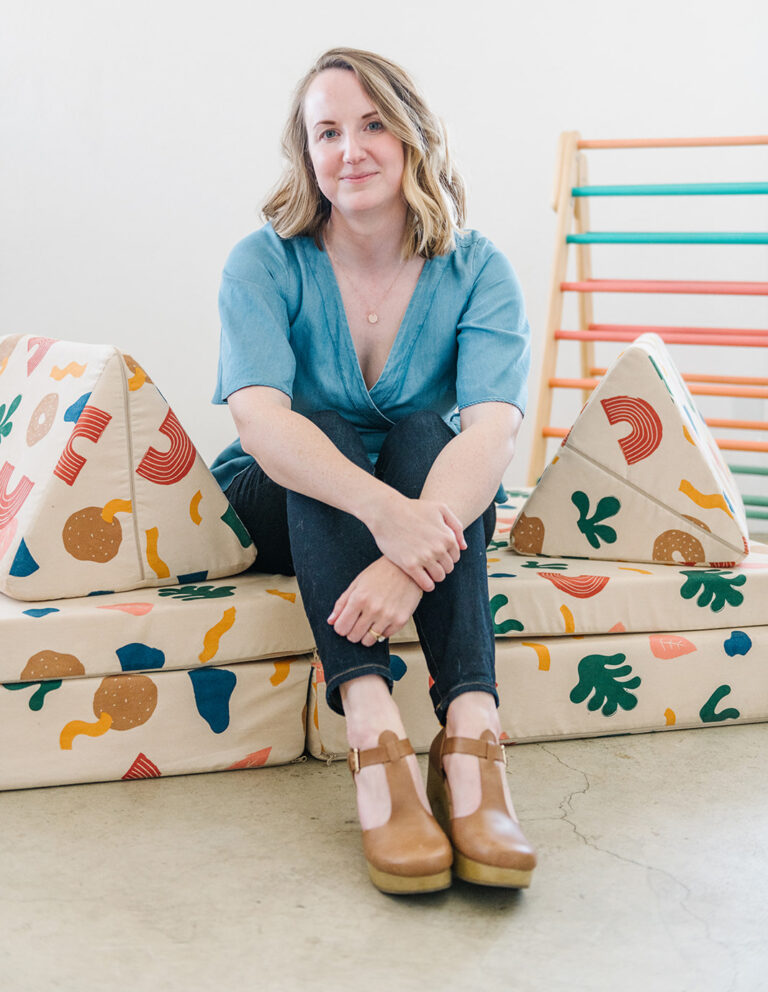Sensory-Friendly Events and Design
“Sensory” has reached buzzword status, but what does it actually mean to be “sensory-friendly?” The key is inclusion, ensuring that design choices work for everyone.
Using a sensory-informed lens when planning events, services, and spaces improves access for all. About 20% of the population is neurodivergent, and that fraction is growing. Sensory-informed planning is just as critical to access and inclusion for these individuals as ADA-compliant building codes are to the physically disabled population, and ensuring a sensory-informed environment promotes accessibility for everyone.
Kira will work with you and your team to identify goals, develop a customized plan to address your needs, and assist with implementation of that plan to improve your environment and offerings for everyone, regardless of neurotype.
Read more below about how Kira works with organizations, or click the “Let’s Chat” button to send her a message to get started working together.

A pediatric therapy office wants to apply a sensory-informed redesign to their common spaces
Starting with an evaluation of the current space and desired goals, Kira would formulate a plan with specific recommendations for the clinical director, interior designer, and office staff. Kira would perform an audit of the current sensory demands of the space, consult on construction decisions including paint colors and floor surfaces, and provide feedback regarding furniture placement and décor.
A community organization wants to ensure sensory accessibility for an outdoor family fun event
Kira would meet with the event organizers to understand the goals of the event and the needs of the stakeholders. Kira would consult on the location of event elements including dj booth and food trucks, designs an on-site sensory space, and creates lendable “sensory kits” with tools that families can use during their visit.
A kids’ play gym wants to add a sensory-friendly movement class to its offerings
Kira would observe a current class to identify pain points, collaborate with their director of programming to redesign their current curriculum with sensory needs in mind, and provide staff training on specific strategies to implement the new program.
